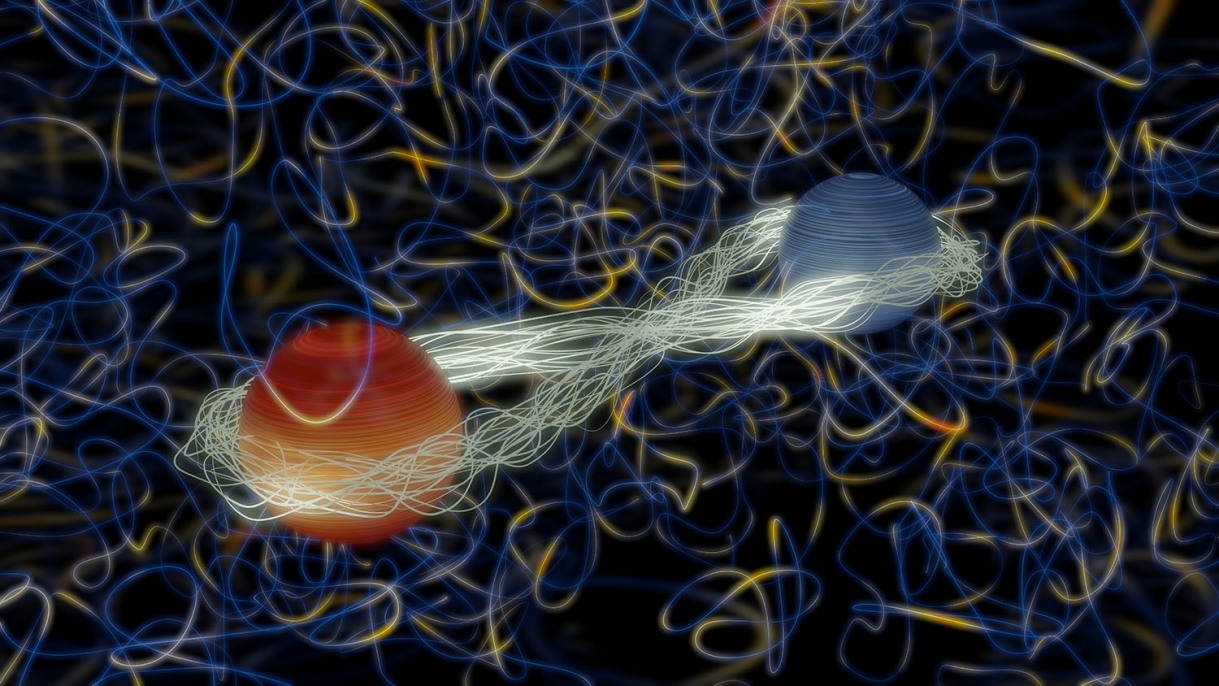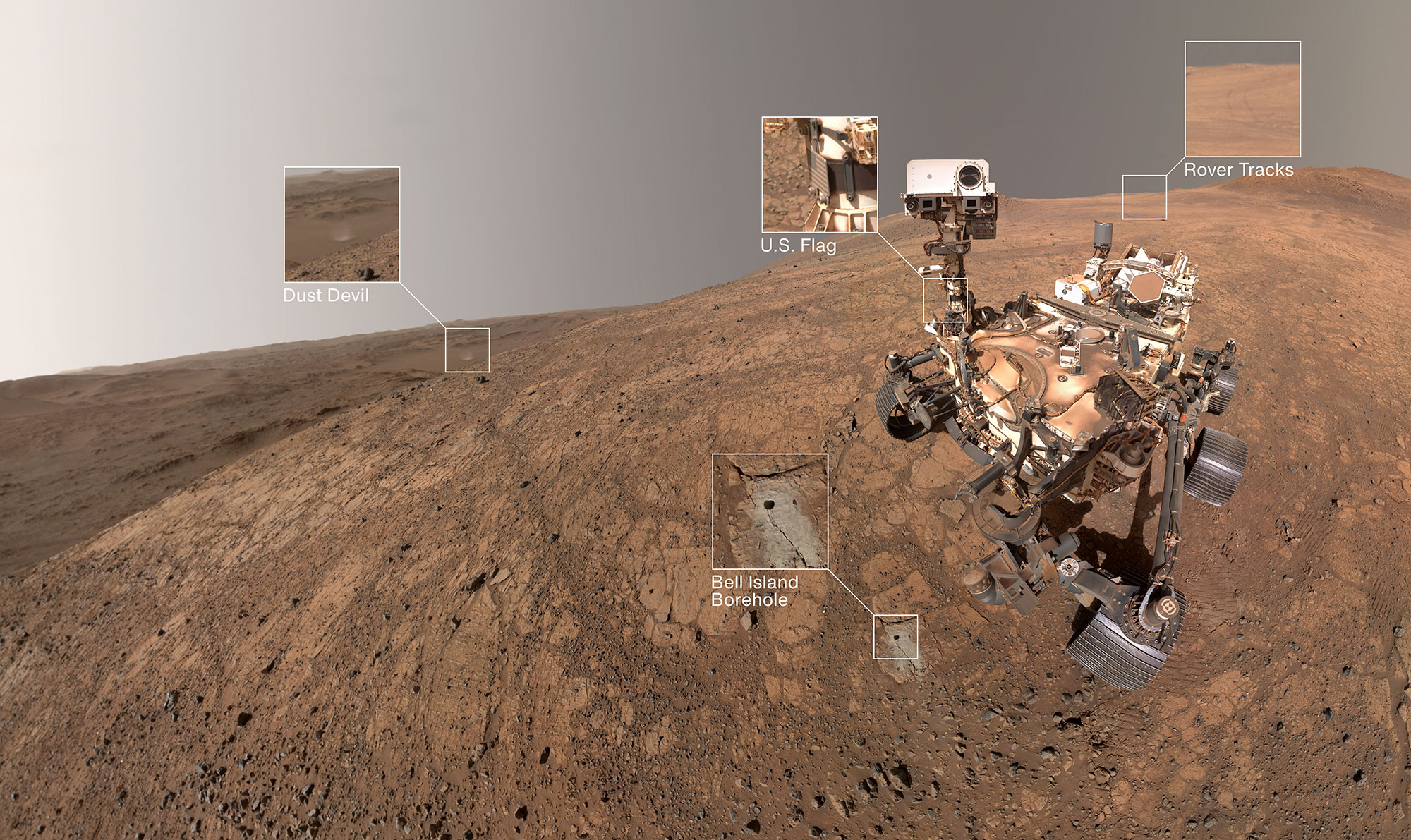2025-05-21 ペンシルベニア州立大学(PennState)
<関連情報>
- https://www.psu.edu/news/eberly-college-science/story/unveiling-secrets-planet-formation-environments-high-uv-radiation
- https://iopscience.iop.org/article/10.3847/1538-4357/adc91d
XUE:熱化学モデリングが示唆する、遠方で照射を受けた原始惑星円盤のコンパクトでガス欠の構造 XUE: Thermochemical Modeling Suggests a Compact and Gas-depleted Structure for a Distant, Irradiated Protoplanetary Disk
Bayron Portilla-Revelo, Konstantin V. Getman, María Claudia Ramírez-Tannus, Thomas J. Haworth, Rens Waters, Arjan Bik, Eric D. Feigelson, Inga Kamp, Sierk E. van Terwisga, Jenny Frediani,…
The Astrophysical Journal Published: 2025 May 20
DOI:10.3847/1538-4357/adc91d

Abstract
Unveiling the physical structure of protoplanetary disks is crucial for interpreting the diversity of the exoplanet population. Until recently, the census of the physical properties of protoplanetary disks probed by mid-infrared observations was limited to the solar neighborhood (d ≲ 250 pc). However, nearby star-forming regions (SFRs) such as Taurus—where no O-type stars reside—are not representative of the environments where the majority of the planet formation occurs in the Galaxy. The James Webb Space Telescope (JWST) now enables observations of disks in distant high-mass SFRs, where strong external far-ultraviolet radiation is expected to impact those disks. Nevertheless, a detailed characterization of the population of externally irradiated disks is still lacking. We use the thermochemical code ProDiMo to model JWST/MIRI spectroscopy and archival visual/near-infrared photometry aiming to constrain the physical structure of the irradiated disk around the solar-mass star XUE 1 in NGC 6357 (d ≈ 1690 pc). Our findings are as follows. (1) Mid-infrared dust emission features are explained by amorphous and crystalline silicates with compositions similar to nearby disks. (2) The molecular features detected with MIRI originate within the first ∼1 au, consistent with results from slab models. (3) Our model favors a disk truncated at 10 au with a gas-to-dust ratio of unity in the outskirts. (4) Comparing models of the same disk structure under different irradiation levels, we find that strong external irradiation raises gas temperature tenfold and boosts water abundance beyond 10 au by a factor of 100.



